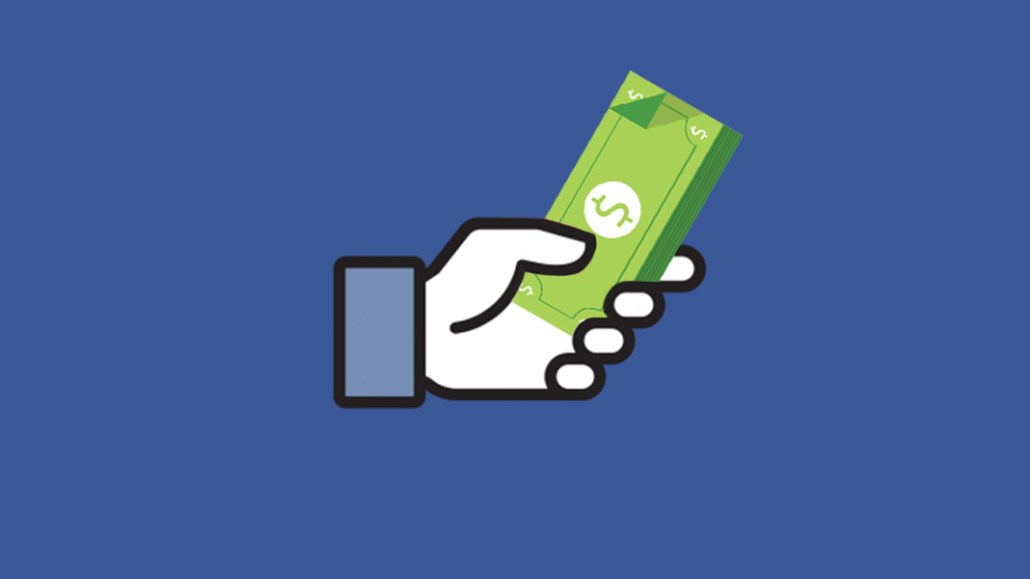Best of the week: Publishers press Facebook to drive paid subscriptions

This week, our top stories covered Facebook’s moves to benefit content creators, publishers’ distributed media endeavors and more. As always, a complete list of these articles appears at the bottom.
Publishers question Facebook’s creator-focused initiatives
Publishers have lobbied Facebook to let people pay to subscribe to publications through its app since it introduced Instant Articles. Now, the platform is working to grant their requests.
Nothing is finalized, but the latest proposal is a model where users could read up to 10 articles for free a month before having to subscribe. Publishers would decide if each article is subject to that meter, free or behind a hard paywall, according to people familiar with the discussions.
Key still-to-be-decided details:
- Payment: Subscriptions could be sold through Instant Articles, or through Google Play and the Apple App Store. Publishers could also implement paywalls and subscription models on the mobile web through Facebook. In this scenario, Facebook’s mobile app users could click through to Facebook’s in-app browser and then log in to their subscription account with that publisher.
- Subscriber data: One proposal would let users buy multiple publications at once at a discount, which raises the question of whether the publisher would forego access to subscriber data — needed to understand why people subscribe — if the user is buying several titles at once.
One publisher summed up the concerns about Facebook’s plans: “The key is, how much will they constrain us?”
Another Facebook initiative designed with publishers in mind that they are wary of is the platform’s push for original video programming. Although content creators are happy to take Facebook’s money for shows, they have doubts about the company’s commitment to original programming.
Publishers that Facebook has paid to create content for Facebook Live are especially uneasy, fearing déjà vu. The reach hasn’t been there due to quality (or lack thereof) and because it’s hard for people to discover live videos.
“[Facebook is] going to spend money upfront, and that’s good,” said an executive from a publisher that Facebook paid for live videos. “But it’s going to suck for media companies if they put all of this time and effort into original content and no one sees it.”
Publishers test distributed media brands
More publishers are trying their hands at launching distributed media brands. Here’s a look at two introduced this week.
The Lily: The Washington Post’s brand for millennial women features original and repackaged journalism on serious topics like health care from the Post and will initially be distributed on Medium, Facebook, Instagram and Twitter, and via a twice-weekly email newsletter, Lily Lines. The Post hopes an emphasis on design — on both the editorial and ad sides — will help differentiate The Lily from the crowded social environment.
The Pretty: Time Inc.’s beauty-focused video brand, designed for Facebook and Instagram, will initially publish about 10 videos — each between 30 and 90 seconds — per week, three of which will be sponsored. The brand aims to attract advertisers by distributing its content across multiple Time Inc. titles (its content has a distribution base of 50 million social accounts) and by creating videos that don’t require viewers to have a certain skill level to execute.
Interesting takes elsewhere:
- BuzzFeed News’ Katie Notopoulos examines how often top celebrities properly disclose their Instagram ads. (It’s not often.)
- Micah Maidenberg reports on Nike’s shift to focus on 12 cities across the globe — and the resulting 1,400 layoffs.
This week’s top Digiday stories:
- Facebook’s working with publishers on paid subscriptions
- Creators doubt Facebook’s commitment to original programming
- The Washington Post’s millennial women-focused spinoff The Lily is going the distributed route
- Time Inc. adds to its distributed video strategy with a beauty brand, The Pretty
- Why Marissa Mayer’s big bet on Tumblr never panned out
- Why Time, Conde Nast and other magazine publishers are charging into brand licensing
- As audience development grows, publishers question who should own it
- Dove finds the perils of influencer marketing
More in Media

Podcast companies turn to live events to capture growing advertiser spend
The surge in the number of live podcast events in 2025 reflects a broader shift: advertisers are betting bigger on podcasts — not just as an audio channel but as a full-fledged creator economy play.

Media Briefing: ‘Cloudflare is locking the door’: Publishers celebrate victory against AI bot crawlers
After years of miserably watching their content get ransacked for free by millions of unidentified AI bot crawlers, publishers were finally thrown a viable lifeline.

How Vogue could navigate potential industry headwinds as Anna Wintour — who agency execs say made ad dollars flow — brings on new edit lead
Anna Wintour’s successor at Vogue will have to overcome the myriad of challenges facing fashion media and the digital publishing ecosystem.








